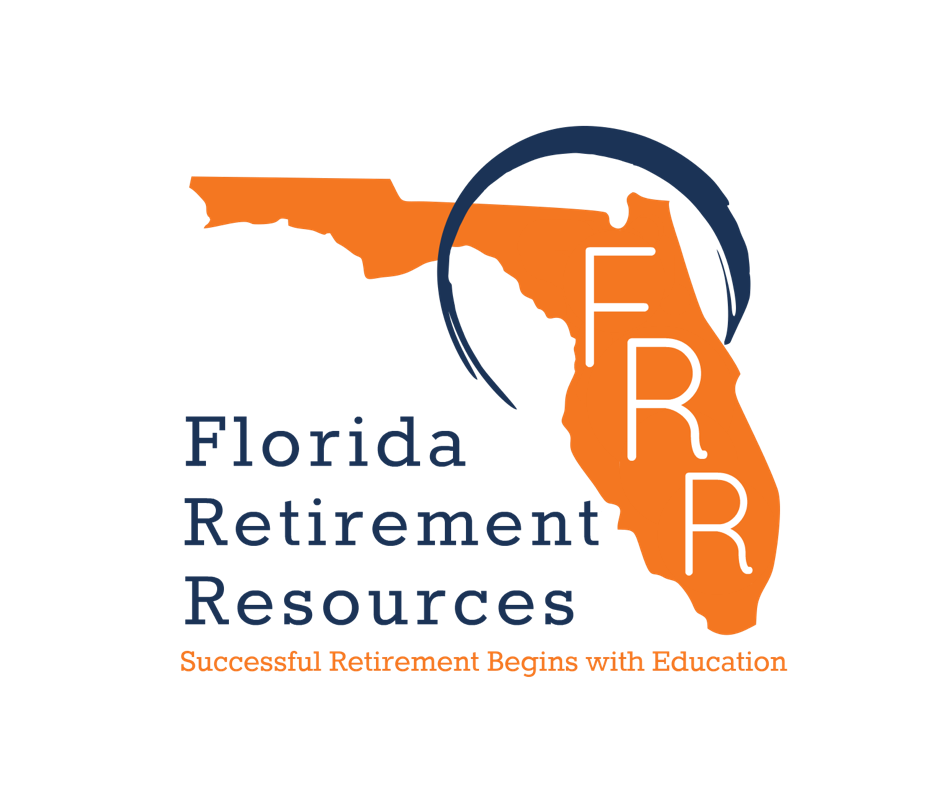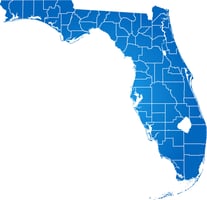The FRS Investment Plan is a defined contribution plan for plan members. The plan works by both...
Managing Portfolio Risk
"If you fail to plan you are planning to fail" - Benjamin Franklin. Retirement accounts are no different. Knowing your risk tolerance, and the level of volatility your are comfortable with in your investments is important. Having an action plan for when it may be appropriate to make a change in your portfolio can be equally as important. Today we will discuss the importance of managing the amount of risk in your investment portfolio.
One of the most important facts about investing is that risk is unavoidable. What you do with that knowledge will make one of the biggest impacts to your financial future. This starts by evaluating your risk tolerance when designing or making changes to your portfolio. You can start the process by completing a risk tolerance questionnaire to help you determine if you should be looking at a more conservative portfolio, or perhaps a more aggressive one.
Once you have determined your risk tolerance, the next step is choosing a group of investments that fit your portfolio goals. This can be daunting sometimes with the vast number of options and types of investments available to us today. Having some professional assistance may be a great way to help you in your search for investments that meet your portfolio criteria.
The last step is then managing the portfolio over time. A mistake investors sometimes make when market conditions change is overreacting or failing to react at all for a long period of time. For example, let's look at the scenario below:
Mark: $100,000 in a self-directed IRA. Moderate portfolio, average rate of return 7%
Cindy: $100,000 in a self-directed IRA. Conservative portfolio, average rate of return 5%
Dave: $100,000 in a self-directed IRA. Aggressive portfolio, average rate of return 10%
Imagine that the market suffered a rapid decline over a 2 month period. Below we now have the account values after some loss.
Mark's account decreased 20% to 80,000 in his moderate portfolio.
Cindy's account decreased 15% to 85,000 in her conservative portfolio.
Dave's account decreased 25% to 75,000 in his aggressive portfolio.
Now let's image that these individuals review their accounts and make some decisions. Mark leaves his account alone because he is investing long term. Cindy sees what she believes is a buying opportunity and changes her portfolio to a moderate risk tolerance, but will keep an eye on her time horizon and account to make sure she doesn't invest more aggressively than she feels is appropriate. Cindy's portfolio now reflects a portfolio like Mark's, and is hoping to have the same return. Lastly, Dave is concerned about future losses and sells his investments and buys a 1 year CD at the bank earning him 2% interest.
Lets fast forward the clock 5 years later and assume the rate of returns remain at their previous averages for each year. Below we can see the updated account values.
Mark's $80,000 has grown to be $112,204.14
Cindy's $85,000 has grown to be $119,216.90
Dave's $75,000 has grown to be $82,806.06
What we can see is that Mark and Cindy have both had growth in their accounts back above the initial $100,000 invested. Cindy's account has more growth than Mark's because she actively managed her investment goals and timelines and in this scenario was successful. Mark has also seen growth because he stayed the course with his plan when the market pulled back. Dave on the other hand has not recovered from his original loss because he never changed his portfolio after reacting to the market setback.
What we can learn from this example is that it's important to have a good foundation of understanding your goals, risk tolerance, and time horizon when it comes to investing. Not being knowledgable or comfortable with the investments you have can lead you to make decisions you may later regret, or performance that does not arrive near your goals. If you are unsure about the investments in your portfolio, let us know and we will have one of our representatives reach out to discuss your goals and investments.
IMPORTANT: The projections or other information generated by Florida Retirement Resources regarding the likelihood of various investment outcomes are hypothetical in nature, do not reflect actual investment results, and are not guarantees of future results.




